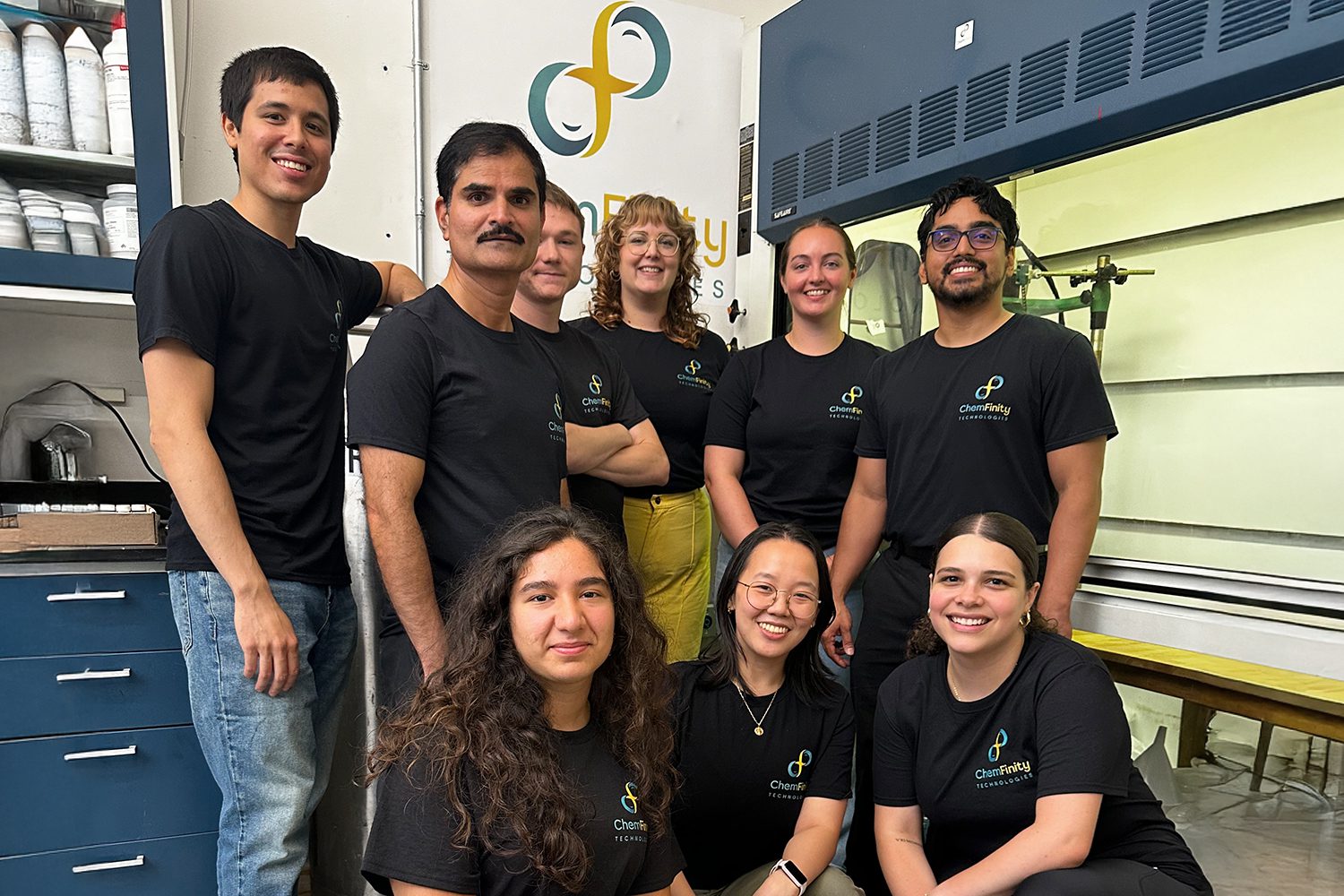Today, the Federal Energy Regulatory Commission (FERC) passed what might be considered the most significant regulatory milestone concerning interstate power lines in nearly three decades. Like the transformative Order 888 that mandated open access to the power grid in 1996, this new rule promises to redefine the future of America’s energy infrastructure.
Over the last several months, Breakthrough Energy has previewed the wide-ranging impacts of this rule, highlighting its potential to accelerate decarbonization alongside substantial economic and societal benefits. Here’s what we know now. Order 1920 requires transmission providers to:
- Engage in proactive, forward-looking regional planning on a five-year basis.
- Evaluate a minimum set of transmission benefits during cost allocation processes, including economic and reliability benefits.
- Consider the use of advanced transmission technologies.
With the rule’s arrival, it is crucial to grasp both its immediate implications and its long-term significance. In recent decades, the U.S. has lacked a proactive, long-term strategy for transmission planning. This has hindered the integration of innovative technologies and delayed the connection of clean energy resources to the grid. This rule changes that by mandating comprehensive future planning, ensuring our infrastructure can meet tomorrow's energy needs without compromising economic or reliability goals.
What the rule will do
The order improves regional transmission planning and cost allocation, which is a multi-step, complex process overseen by FERC and conducted by regional transmission organizations (RTOs), independent system operators (ISOs), or planning authorities in non-RTO markets. These reforms address two of the “Three P’s of Transmission,” i.e. planning and paying. (Note: the Commission has also unanimously passed a rule addressing the “Third P”, i.e. permitting, in a separate order regarding permits to site interstate transmission lines via federal ‘backstop siting’ authority).
The rule also introduces a requirement to assess a minimum set of seven transmission benefits, specifically reliability and economic benefits. This holistic approach discourages selective benefit analysis—or planning and building lines for only a narrow set of issues—which has previously led to piecemeal investments in our grid infrastructure. These benefits include things such as upgrading or replacing aging infrastructure, reducing energy losses, improving grid congestion, and mitigating extreme weather events.
Additionally, the rule broadens the scope of potential solutions for upgrading our grid. Transmission providers are now required to consider innovative technologies, including grid enhancing technologies (GETs) and new high-capacity wires, also known as advanced or high-performance conductors. One of the more groundbreaking aspects of the rule is its explicit support for high-performance conductors and other innovative technologies that boost the efficiency and capacity of power lines. By focusing on these advancements, the rule accelerates a smoother integration of new resources, contributing significantly to a lower-carbon future.
Who pays and how much—known as cost allocation—is the biggest hurdle for transmission planning, and efficient cost allocation remains pivotal. The rule establishes a new framework and promotes a portfolio approach that distributes benefits and costs more fairly across different regions and stakeholders. It also provides clear guidelines for states to participate in the decision-making process.
However, FERC's attention to its enforcement role under the new rule will be critical to ensure the rule is as impactful as it needs to be. As we move away from the inefficient process that has historically delayed essential projects, FERC will need to take a more active role to ensure the type of planning required by the rule is taking place. It’s also worth noting that the rule recognizes the critical role of interregional coordination in achieving these goals but does not require it.
Conclusion
Ultimately, the rule emphasizes treating the transmission grid as a network. This involves planning a portfolio of projects that collectively deliver multiple benefits—a strategy that aligns with the modern needs of a robust, integrated energy system. This approach reflects strategies that Breakthrough Energy has advocated for and how grid planning took place over half a century ago during a period of rapid growth in the U.S. economy.
Today, there is similar growth in new sectors like electric vehicles, advanced manufacturing, data centers and AI, and the overall shift towards the electrification of many sectors. A recent study from Grid Strategies suggests that forecasted peak demand will grow by at least 38 GW through 2028—this growth requires us to get back to planning for the future.
As we continue to review the final rule, it is evident that FERC's regulation marks a monumental step toward a reliable and affordable energy future. By requiring broader benefits, championing cutting-edge technologies, and refining the planning and cost allocation processes, FERC is paving the way for a smarter, cleaner energy landscape.







